When the world is topsy turvy, there are some of us who find sanctuary in a garage and peace of mind with the turn of a wrench.
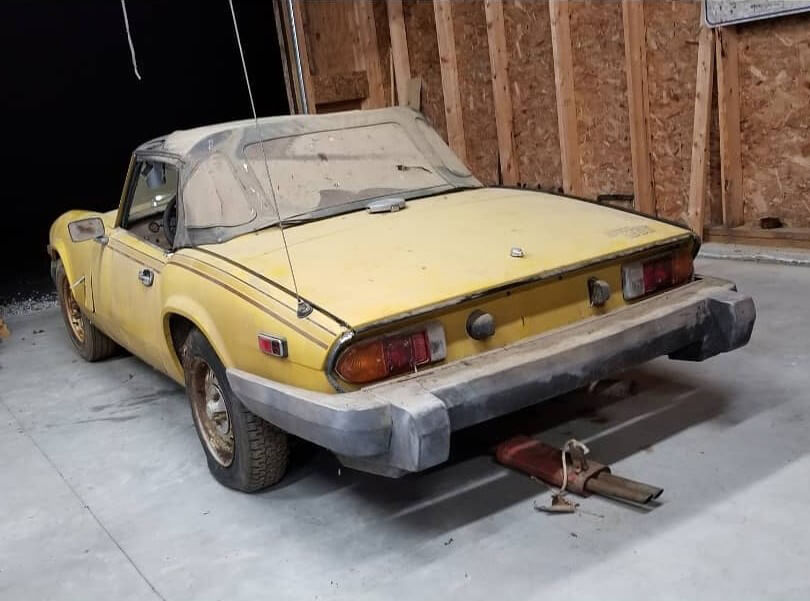
Joseph Leaming
My ’79 Spitfire was part of an elderly man’s extensive collection of dilapidated Spitfires that were left abandoned when he passed away, his children uninterested. The gentleman who bought this old man’s property was not willing to put any time in selling each car separately and was either going to sell all 12 cars (11 Spitfires and a Jaguar 420) in one deal or bring them all to the scrap yard. My father, brother and I decided to buy the lot not knowing a thing about Spitfires, but feeling pity for what would come of them if we didn’t make the move. The Inca Yellow Spitfire caught my attention with its bright paint, retro custom stripes, and on closer inspection, zero rust, which is extremely rare for New England. I took ownership of it and set off to get it into
driving condition.
Things were slow at first. I’m 24-years old, in my fifth year of architecture school, and I’m not often at home in rural western Massachusetts to give time or attention to the car. Covid hit and as everyone knows, everything stopped. I was sent home and faced the challenges of online learning, little to no social life, and I might add, no graduation ceremony. It was hard not to get depressed, but at least I could rummage through one of my several canvas car ports and work to bring this car back to life. Something positive had to come out of this mess. I had a part-time internship, too, so I had a small income stream, able to budget $1,500 for the build. With three wheels locked up, I moved the Spitfire from the tent into my Dad’s two-bay garage.
Judging by the inspection sticker, the car was from Rhode Island and was last inspected in 1989. The back of the sticker noted 23,000 miles, matching the odometer. The low miles hadn’t prevented the motor from seizing solid while sitting idle under a lean-to. I was able to source an engine that would spin from Sam’s Pull-A-Part yard in Worcester. Beyond that, I knew nothing of the condition of it. Upon installation, I performed a compression test and it read a nice 120 psi on all four cylinders cold. I lucked out there. I was then motivated to replace the entirety of the brakes, suspension, and fuel system, which was surprisingly pretty cheap to do and easy for a DIY mechanic like myself. I installed a manual choke Stromberg carburetor from one of the other spitfires and gave it a crank. Surprisingly it fired up, running horribly, but running all the same.
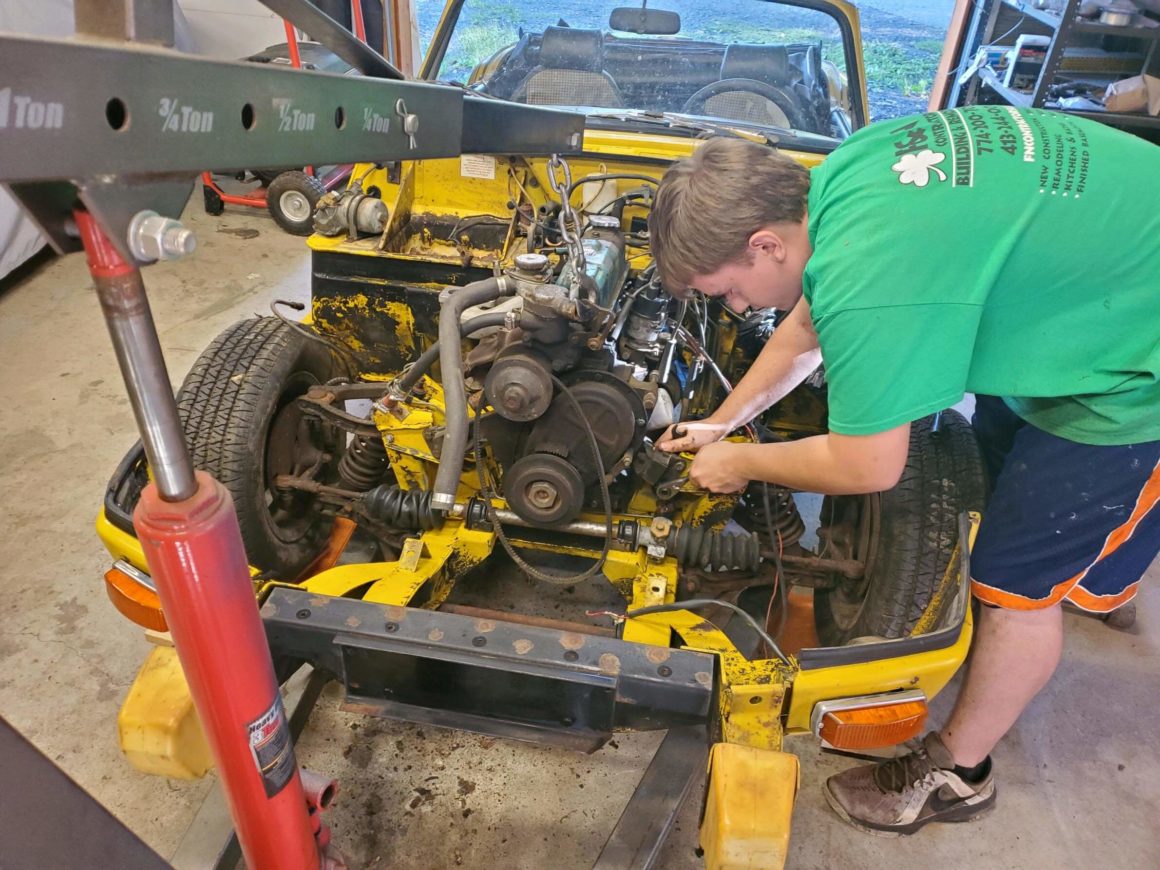
With it mechanically workable—somewhat—I moved on to the cosmetics. The engine came back out for paint, and the interior was stripped. Somehow the floors needed zero rust repair. The big bumper look had to go, so I lifted the chrome bumpers off a ’71. I grabbed the low-back buckets out of a ’76 to give my car an older MK3 flair. And then I swapped out some original Ansen Slot Mags from a ’69 MK3 that looked like they’d just driven back from Woodstock.
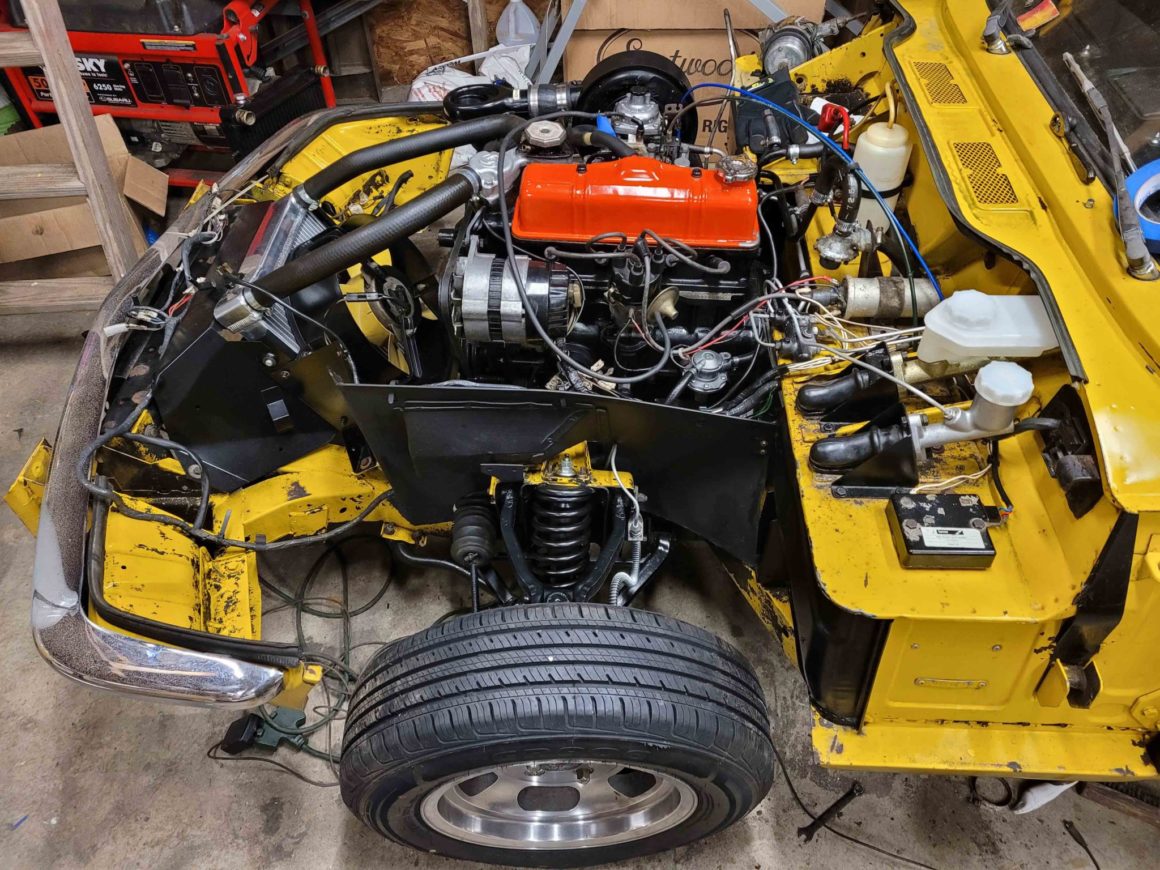
The outside was looking decent, as well as the engine bay, but the interior still looked dingy. I dug into an ’80 Spitfire had a nearly perfect wood dash and dash pad, which helped dress up the interior. With the cosmetics coming together, it was back to the mechanicals. After learning everything I wanted to know and didn’t want to know about Stromberg carburetors, I got the car to idle and rev without a shudder. It was time for her maiden voyage. Just kidding, the head gasket let go. A minor setback, but something I should have changed while the engine was out.
Once that ordeal was solved, I took the Spitfire out on the road and immediately realized why people adore these old British sports cars so much. That was one of the most enjoyable quarter-mile drives I’ve ever had, and I could just tell the car was happy as hell to have averted the crusher so it could once again motor around back country roads.
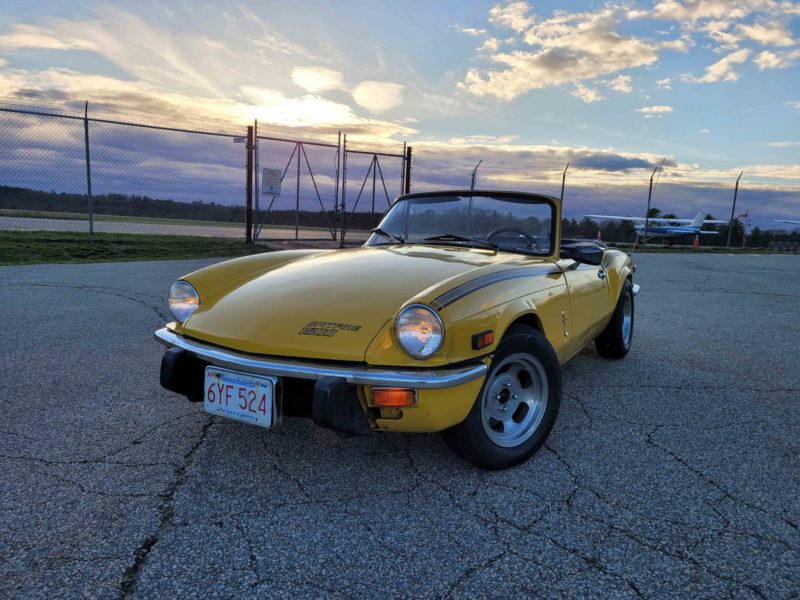
Kim and Ted Gdovichin
In order to truly appreciate the spring of 2020, I find myself looking back to July 2019. It was a hot summer and at night my husband’s pastime was to surf Craigslist for anything that might be of interest. Having few “toys” of my own, I like to think he was looking to balance out our garage with something I could call mine. I have always wanted a small classic convertible with a manual transmission, and he found one. It was a 1979 MGB within driving distance. The current and second owner put 1,000 miles on it in 15 years. This sad little brown gem was not maintained and in rough shape. The only saving grace was that it was stored indoors and brought out only a few times for parades.
The day we went to look at it with cash in hand was the hottest day of the year. We drove about an hour to look at it and were amazed that it started and ran well for a car that had sat so long. We made the mistake of turning off the car to exchange money for the title. When attempting to start it up again, the old fuel boiled and the car would not start due to vapor lock. Thinking that we would have to call for a tow, we tried one more time and it started. My husband made the very hot journey home and put it on the lift.
Then began the list of many surprises. There was 15-year-old oil—which was draining on its own during the drive home—very old stinky gas, rotted everything, and an electrical system with a mind of its own.
The early months were met with more than our share of challenges, and we were surprised to find we put 750 miles on it without needing a single tow home. Living in northeast Ohio we only have so much time to drive on roads without salt, but I drove it as much as I could until the first significant snowfall in November. The winter was spent ordering parts from Moss. The boxes came weekly and quickly piled up in the garage. Lots of parts and lots of boxes.

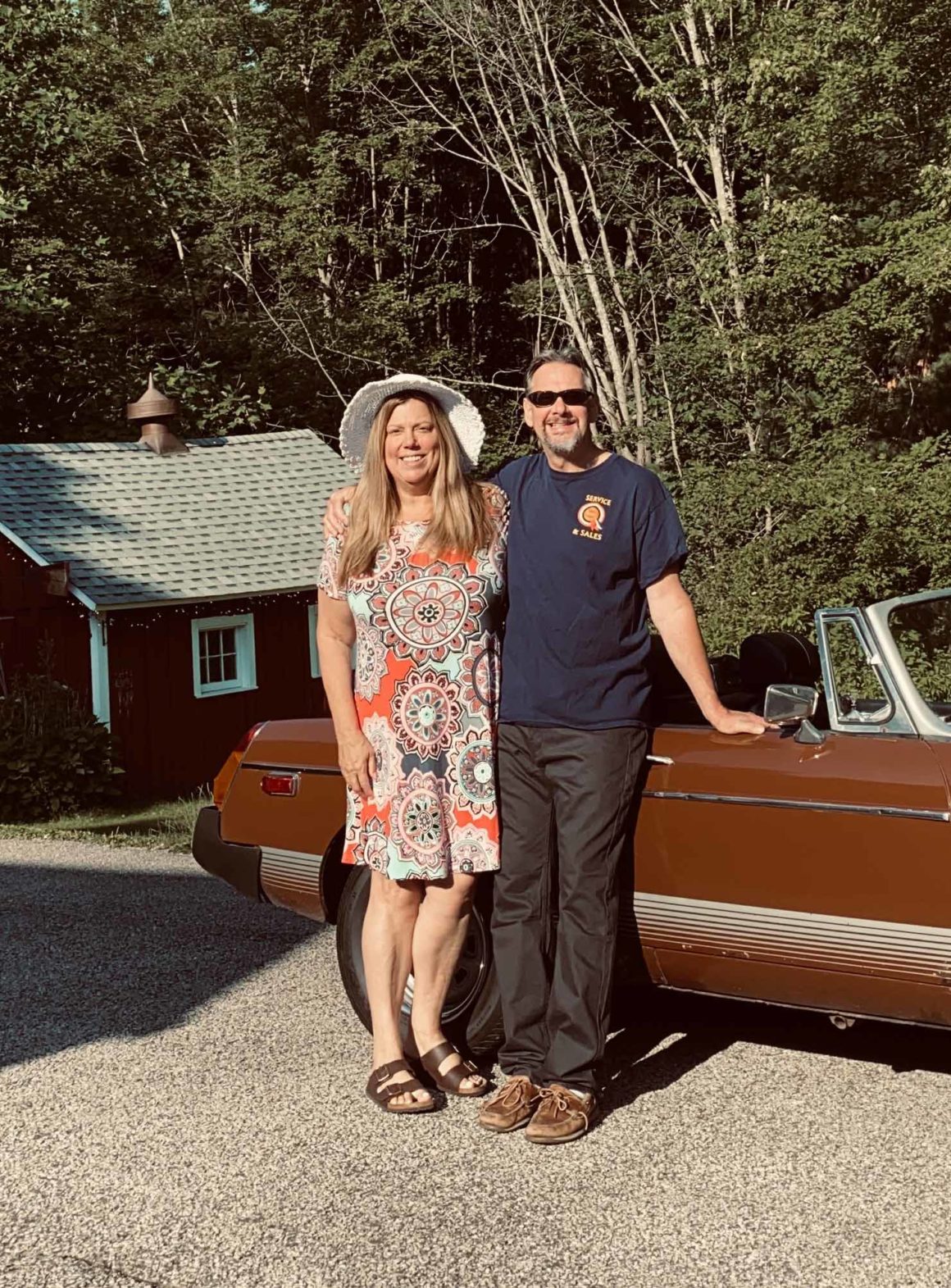
With the start of the pandemic we found ourselves at home. I’m working remotely and Ted, a school custodian, went in a few times a week to maintain the building and boiler. With more time on his hands, and an excuse to retreat to the pole barn in back, he began unpacking the parts boxes. Day and night he was out there. I would check on him and sometimes find his feet sticking up in the air with head under the dash. Days turned into weeks and weeks into months. Spring 2020 soon arrived and with it the dry clean roads. It was time for a test drive.
Everything worked. New headlamps shone bright and wiring tune ups brought the dash to light. For Christmas in 2019 I received freshly restored rims, new wheel trim rings, and MG lug nuts. New tires and an interior refresh were the final touches.
I thanked my husband and asked, “How many hours did this take?” Almost without hesitation he responded, “240.” 2020 was a challenging year for everyone and we all looked for ways to pass the time. I am thankful my husband chose to pass the time with my 1979 MBG, now known as 240. When the walls of the house were closing in, I felt very relieved to be able to take the MGB out with no mask and the wind in my face. For a few hours I could forget about the pandemic and take a deep breath and drive.
Steve Benelisha
Just when it became clear last year that we would go into lockdown, I happened to see this quote: “In the darkest of times, that’s when you invent.”
That resonated with me. I had a few product ideas and so I set about learning 3D design and printing. This was a difficult learning curve, and it took a couple of months but, in the end, I was able to produce a few original products and sell them with good results. All of these things were brand new to me, and I would not have done any of it if not for the Pandemic. As my products began selling, I was emboldened to do more.
With the basics of set-up behind me, I decided to take a good look at the TR6. One problem I had thought about over the years was there is no good way to mount additional gauges. I saw people using hole saws and various other questionable methods.
My inspiration for a solution came from the 1965 Ford Mustang. There was an option called the “Rally Pac” which included a clock and a tachometer that was set in a frame that clamped to the steering column. With that design in mind, I developed the “TR6 Rally Pac” which uses a bit of unused space on the steering column for the gauges to be positioned. The whole thing is styled to match the interior, and it causes no permanent changes to the car. It’s completely reversible. In my car I set up the Rally Pac with a clock and voltage gauge. A vacuum gauge would also work well.
It’s been very rewarding to be a part of the TR community with a product that people like.
All in all, I got as much personal growth from the pandemic period as I could. For me, it was a very busy and rewarding time. And I plan to keep on doing new product development. MM
For more info, or to purchase Steve’s TR6 Rally Pac, visit:
Silverstranddesign.com.




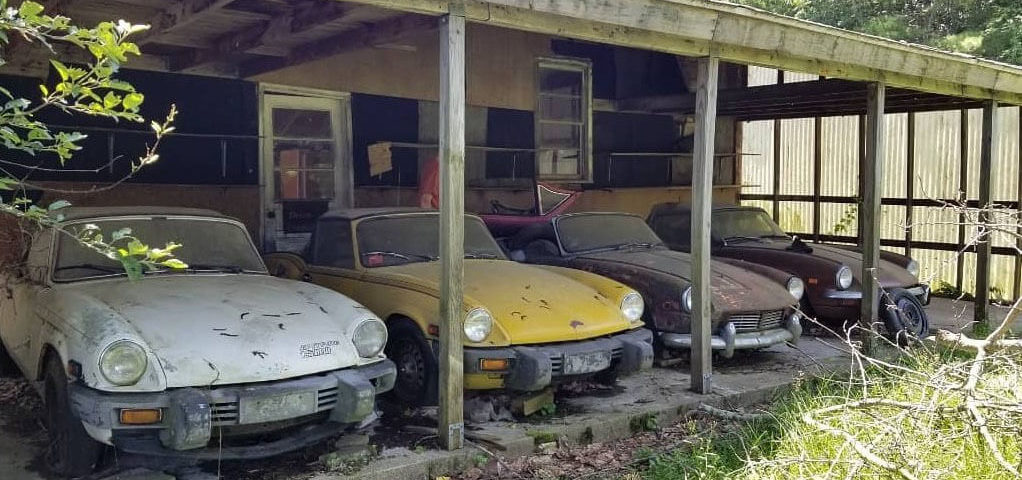
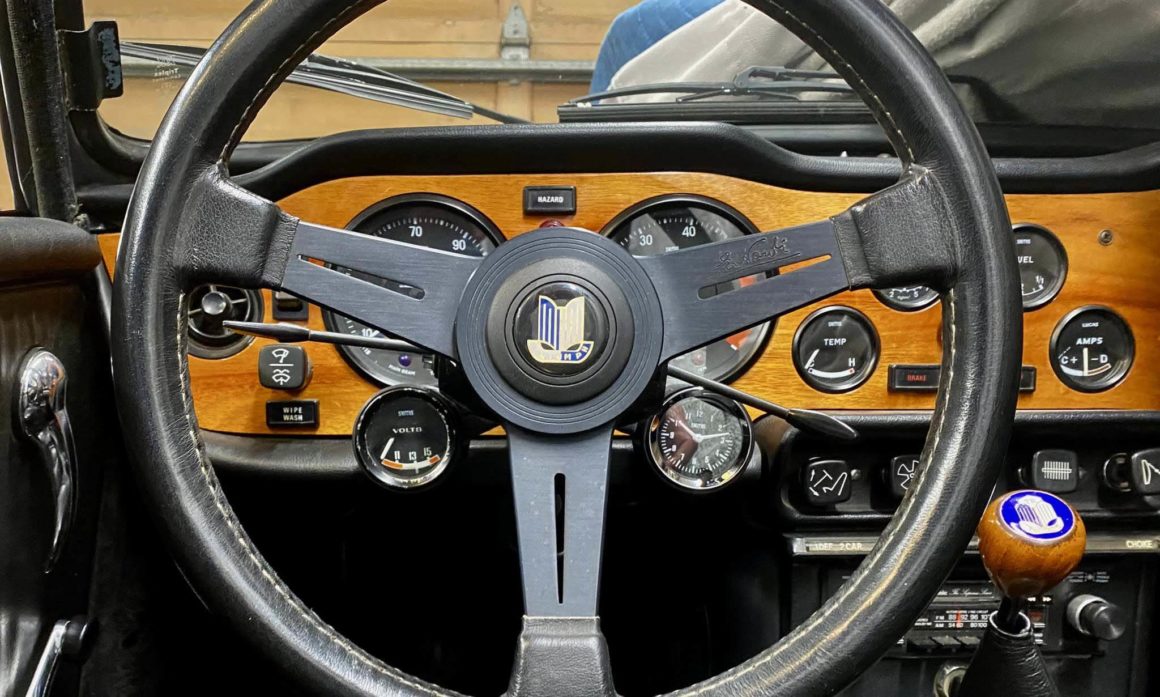
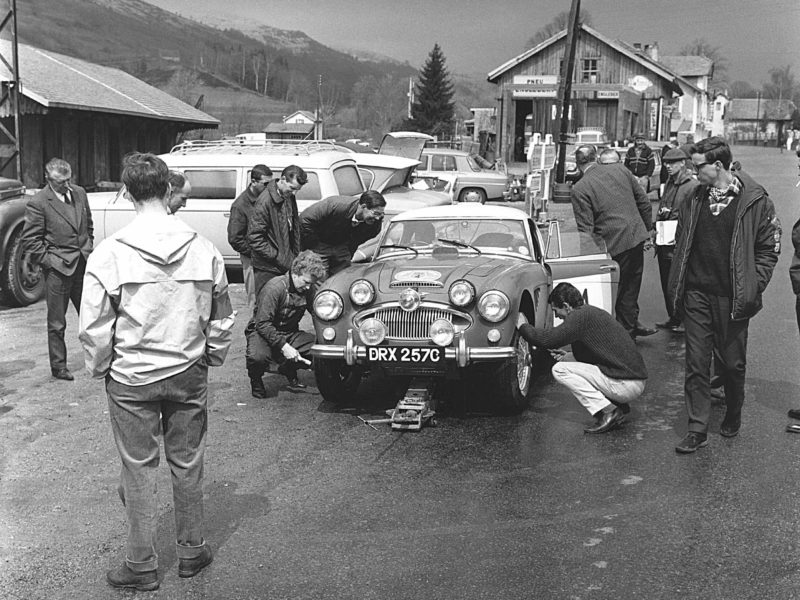
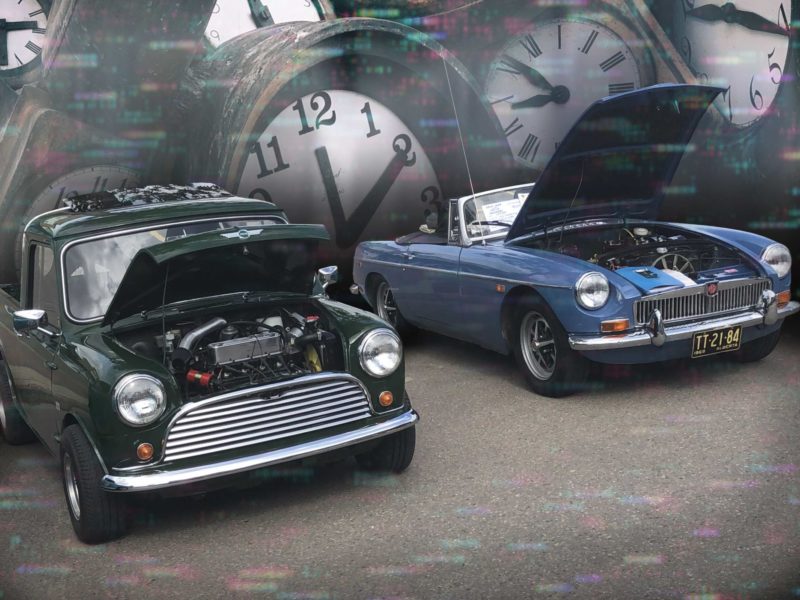

'Pandemic Projects' have 3 comments
December 3, 2021 @ 3:21 pm CLARK Patterson
I am a bit slow to the Pandemic Project scene. Some really great stories posted about what seems to be some really cathartic wrench turning projects. I recently picked up my 1962 Sprite from storage. It has not run since 1986, and some mice had taken up residence in it. I plan to bring it back to life but am not sure where to start. Any advice would be greatly appreciated. I don’t want a concourse car, but something safe to drive around on a sunny day.
July 2, 2022 @ 11:31 am Stephen
Clark, just saw your comment. Start by reading and cleaning. You can’t really go wrong with cleaning things up. Join the MG experience forum, Midget section, change the fluids, clean the plugs, oil in the SUs; and see if it will start. Then onto the brakes.
Stephen
August 26, 2022 @ 9:29 pm Glenn Kemp
I got on my Gipsy projects during the pandemic as well, finished the second restoration (in 27 years of ownership) of my G2M10 for this spring (2022) https://youtu.be/0shWbu9XaMY